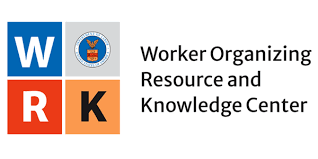


Union Rights – Management Rights Recognition Clause
Most often the Recognition clause is at the beginning of the contract and reads something like this: The employer recognizes the Union as the sole and exclusive bargaining agent, for the purpose of establishing wages, hours and conditions of employment.
Where Do Union Rights Come From?
The reason this kind of language is so common is that the Recognition clause is just repeating what the National Labor Relations Act (NLRA) says in Section 8(d) [most state labor laws dealing with public sector employees also have similar language]:

SEIU Local 200United Mercy Faculty Forward Contract With Mercy University
ARTICLE2 – RECOGNITION
THE COLLECTIVE BARGAINING UNIT
2.1 The College recognizes the Union as the exclusive bargaining representative for all Adjunct Faculty,
Lecturers, and those Tutors who teach at least one creditor non-credit course in the classroomor online
or a hybrid course, employed at all College locationsin a regularly-scheduled part-time or full-time (if
applicable) position, including any employees who may hold another position with the College but who
also teach as adjunct sand are not excluded.
The Union Security Clause
Why it Matters
& Why we Need to Preotect it

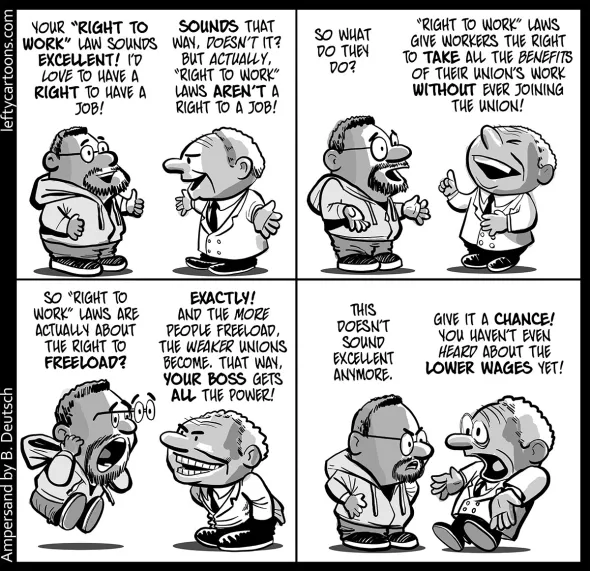
SEIU Local 200United Mercy Faculty Forward Contract With Mercy University
ARTICLE3 – UNIONMEMBERSHIP
3.1 All employeescoveredby this agreementshallbecomeandremainmembersof the Unionin goodstanding
as a conditionof employmentno laterthanthirty(30)calendardaysof the effectivedateof thisAgreementor
withinthirty(30)daysof hirefor all futureemployees;provided,however,thatemployeesmaychoosenotto
join the Unionand,in lieuof regulardues,to payan agencyfeeequalto the coremembershiprateconsistent
withapplicablelaw(Beck,487U.S.735).
3.2 The Collegeagreesto deductunionduesfromthe paychecksof employeeswho submita duesdeduction
authorizationformin thedollaramount(s)specifiedby the Union,andto remitsuchtotalamountsto the Union
on a monthlybasis.
3.3 The Unionshall indemnifyand protectthe Collegeagainstany form of liabilityand all claimsrelatingto
employeemembershipor non-membershipin the Unionand/orduesdeduction.
Union Security Clause
Union Security is the primary objective of most unions. It involves compulsory membership as a condition of employment. This area of collective bargaining can be the most controversial yet necessary requirement to establish and maintain stability within the union structure. The objectives of this clause are to protect against employer discrimination, worker defection and rival union raiding tactics. The union security clause gives unions the power to enforce rules and regulations, and to collect dues. There are two main forms of union security. The closed shop requires that employees are union members prior to being hired. The union shop requires the employee to join the union as a condition of employment.
The closed shop gave the unions’ extreme power and control of the labor supply. The NLRB in the Brown-Olds case in 1956 determined that the closed shop was an illegal practice in regards to Taft-Hartley. The NLRB ordered the unions to reimburse employees for dues and assessments that were paid for the previous six months, prior to the charges being filed. The U.S. Supreme Court reviewed the Brown-Olds doctrine in 1961, and determined that the financial aspect of the doctrine was illegal. The courts determined that the union members were the only people who benefited from returning the dues and assessments. The employee that was denied work received no retribution.
The courts and the NLRB have determined that a hiring hall is essentially a closed shop. In order to take advantage of the services, a worker had to be a union member. Soon after the Taft-Hartley Act, was implemented, the NLRB ruled that these hiring halls were illegal. The NLRB eventually shifted its position in regards to the hiring hall if the hiring hall met the following criteria.
-
Union membership was not required to be referred to a job
-
The employer could reject any worker that was referred by the union
-
Standards would be posted in the union hall for inspection
On the very same day that the NLRB composed these requirements, the Supreme Court reversed the NLRB decision in the Mountain pacific case. The Supreme Court determined that the NLRB exceeded its’ legal powers by establishing the safeguards. The court ordered the NLRB to examine each case on an individual basis to determine if discrimination was evident. Congress never acted on this decision, so the illegal closed shop and hiring hall still exist today.
When Congress amended the Taft-Hartley Act with the Landrum-Griffin Act it gave special treatment to the construction industry. The industry is allowed to negotiate a pre-hire labor agreement. This means that a contract can be negotiated before any worker is hired. The union can require an employee to join the union on the seventh day of hire. Neither the contractor, nor the union can abandon the contract. The NLRB made this decision in the John Deklewa and Sons case in 1987. The only way that a contract can be abrogated is if it expires or if the workers decertify the union. The pre-hire agreement laws that were implemented in the Landrum-Griffin Act legalize the closed shop in the construction industry.
Union Security Agreement
A union security agreement is an agreement between a labor union and an employer that the employer will require all employees to undertake a specified level of support for the union as a condition of employment.
This level of support compels employees to become members of the labor union before a certain period of time, generally 30 days, has lapsed, as well as make certain payments or “agency fees” to the union and initiation fees as a condition of getting or keeping the job.
Through the Labor Management Relations Act of 1987 (“LMRA”) or better known as the Taft-Hartley Act, Congress “prohibited a ‘closed shop,’ a union security agreement whereby an employer agrees to employ only union members.” See: Morrisey v. W. Virginia AFL-CIO, 239 W. Va. 633, 804 S.E.2d 883 (2017). Instead, the LMRA “permits an employer and an exclusive bargaining representative to enter into an agreement requiring all employees in the bargaining unit to pay periodic union dues and initiation fees as a condition of continued employment, whether or not the employees otherwise wish to become union members.” See also: Commc’ns Workers of Am. v. Beck, 487 U.S. 735, 108 S. Ct. 2641, 101 L. Ed. 2d 634 (1988).
“Right-to-work” laws prohibit and invalidate union security agreements and union shops.

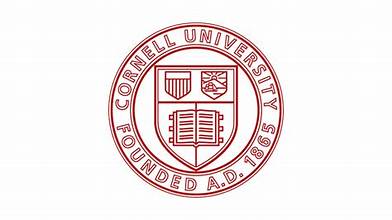
The Labor Department’s (DOL) mission is to foster, promote, and develop the welfare of the wage earners, job seekers, and retirees of the United States; improve working conditions; advance opportunities for profitable employment; and assure work-related benefits and rights.


The EEOC is responsible for enforcing federal laws that make it illegal to discriminate against a job applicant or an employee because of the person’s race, color, religion, sex (including pregnancy and related conditions, gender identity, and sexual orientation), national origin, age (40 or older), disability or genetic information.
The U.S. Department of Justice (DOJ) enforces federal laws prohibiting employment practices that discriminate on the grounds of race, sex, disability, religion, national origin, and citizenship status.

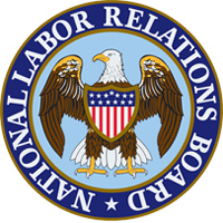
The National Labor Relations Board (NLRB) is an independent federal agency vested with the power to safeguard employees’ rights to join together to address working conditions and/or to organize and determine whether to have a union as their collective bargaining representative. The NLRB also acts to prevent and remedy unfair labor practices committed by covered employers and unions.
“[If] a man doesn’t have a job or an income, he has neither life nor liberty nor the possibility for the pursuit of happiness. He merely exists.”
― Martin Luther King Jr
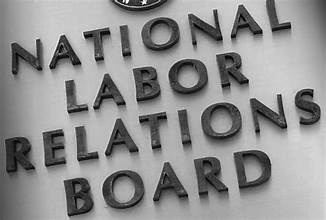
EMPLOYEE RIGHTS
UNDER THE NATIONAL
LABOR RELATIONS ACT
Know Your Rights Toolkit
